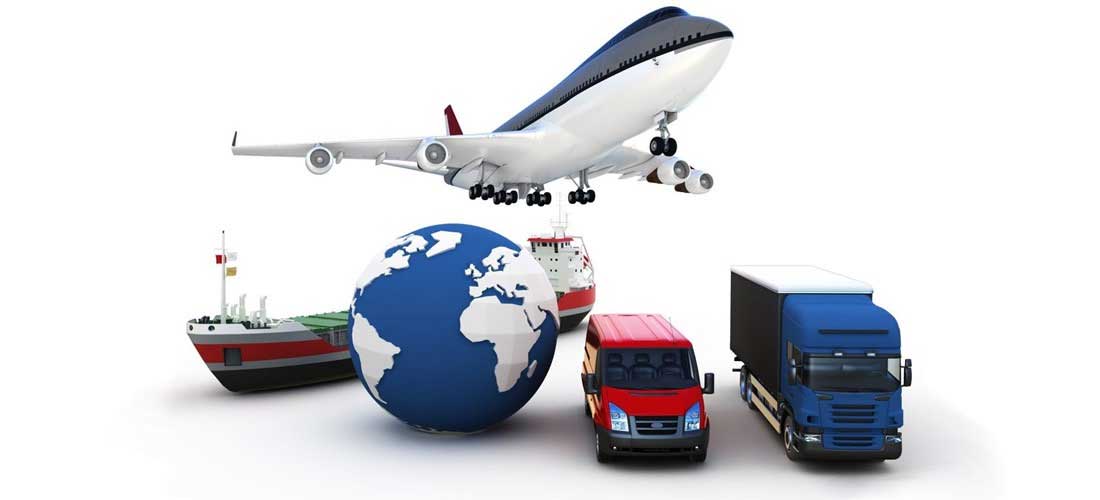Packing and shipping
QZ Cable is a leading manufacturer and supplier in China of high-quality industrial cables and solutions. With years of expertise and a commitment to excellence, we cater to diverse industries, providing them with the most reliable, efficient, and innovative cable products. Our company's products are exported to more than 170 countries and regions in America, Eastern Europe, Africa, the Middle East, Southeast Asia, and South Asia.

We can meet the strictest delivery schedules according to the purchase order. Meeting the deadline is always the top priority as any delay in the delivery of cable can contribute to overall project delay and cost overrun. The required marking shall be printed with a weather-proof material on the outsides of the drum according to the customer's requirement.
Electrical Wiring Shipping When shipping electrical wiring, it is essential to follow specific considerations to ensure the integrity of the product and the safety of everyone involved. Proper packaging and labeling are paramount. Wiring should be carefully coiled, avoiding any sharp bends that could damage the conductors. Placing the wiring in a sturdy box or reel with adequate padding and cushioning materials helps protect it during transit. Labeling the package with relevant information, such as the type of wiring, its voltage rating, and any handling instructions, ensures proper handling and identification throughout the shipping process.
Additionally, it is critical to comply with any regulatory or compliance requirements related to shipping electrical wiring. Depending on the type and purpose of the wiring, there may be specific regulations governing its transportation. Familiarize yourself with these regulations and ensure compliance to avoid legal or safety issues.
Cable Shipping Shipping cables also requires careful attention to their unique characteristics. Lines can vary significantly in size, weight, and construction, and each type may have different shipping requirements. Selecting appropriate packaging materials, such as sturdy boxes or reels, and using cushioning materials to secure and protect the cables are crucial to ensure their safe transportation.
Different types of cables may also require other securing methods. For example, heavy power cables may need additional support, while delicate fiber optic cables should be handled with extra care to avoid bending or breaking. Following the manufacturer’s guidelines for packaging, securing, and protecting cables during transportation is essential to maintain their integrity and functionality.
